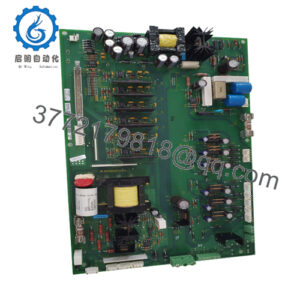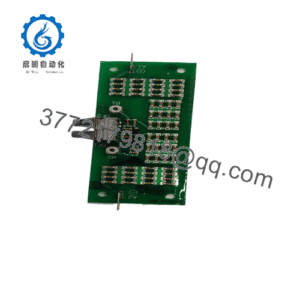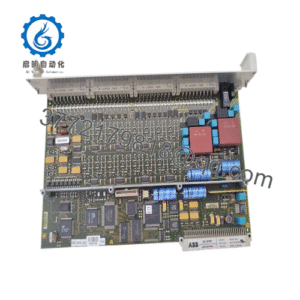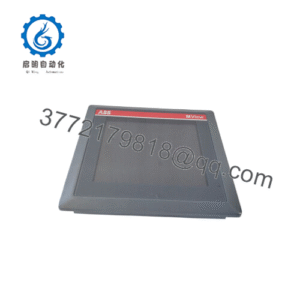Description
The Metso D201466 is a digital input module engineered to be a fundamental part of industrial automation systems. It features 8 channels, each capable of receiving and processing digital signals. This module is designed to interface smoothly with a variety of sensors and switches. It connects to the control system’s backplane, allowing it to communicate effectively with other I/O modules and the central processing unit.
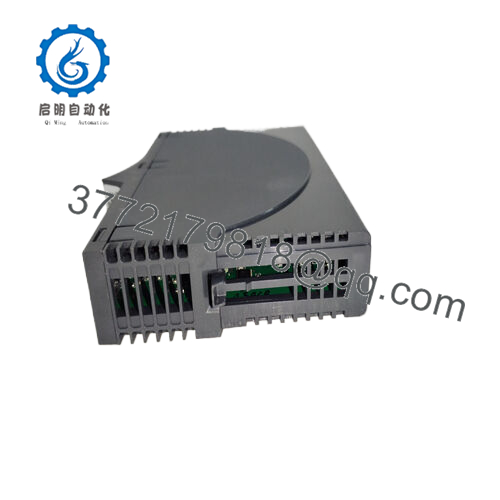
D201466
It operates on a 24 VDC power supply, providing stable power for consistent performance. The module supports standard industrial communication protocols, which enables it to integrate seamlessly into existing control platforms, be it a PLC – based system or a more complex distributed control network. This ensures that the digital data it collects can be easily shared and processed within the automation stack, contributing to real – time decision – making.
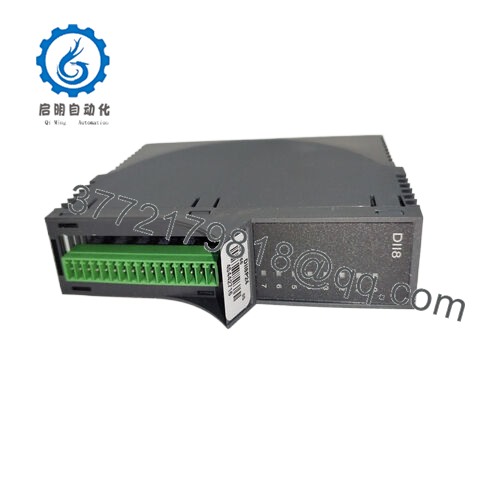
D201466
Technical specifications:
Model Number D201466
Brand Metso
Type Digital Input Module
Input Voltage 24 VDC
Operating Temp Range -20°C to 60°C
Mounting Style DIN rail (35mm)
Dimensions Compact design for easy installation
Interface/Bus Compatible with standard industrial communication buses
Compliance CE, UL
Supported Protocols Common industrial digital communication protocols
Contact Us
Phone:+86 16626708626
WeChat/WhatsApp:+86 16626708626
Email: [email protected]
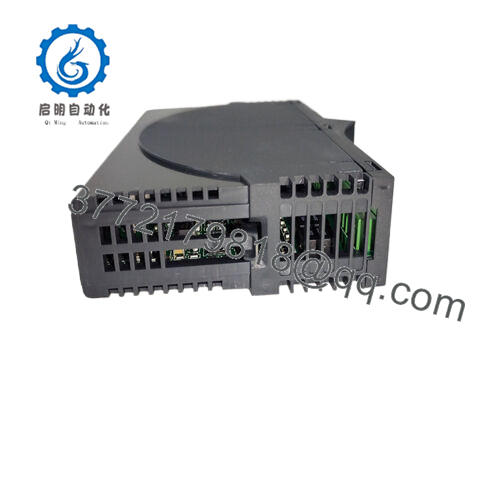
D201466
Main features and advantages:
Selecting the Metso D201466 brings about numerous real – world benefits. Its high – reliability design ensures that it can operate consistently even in harsh industrial environments. This means fewer unexpected system failures and less downtime, which is crucial for maintaining production schedules and reducing costs. The module is also designed with user – friendliness in mind. Its straightforward installation and operation make it accessible to engineers and technicians, reducing the time and effort required for setup and maintenance. This ease – of – use factor also contributes to lower engineering overhead, as less training is needed for personnel to work with the module. Additionally, the MetsoD201466 is versatile, being suitable for a wide range of applications. Whether it’s used for counting events in a production line or measuring time intervals in a process, it can adapt to different requirements, providing long – term value for industrial automation setups.
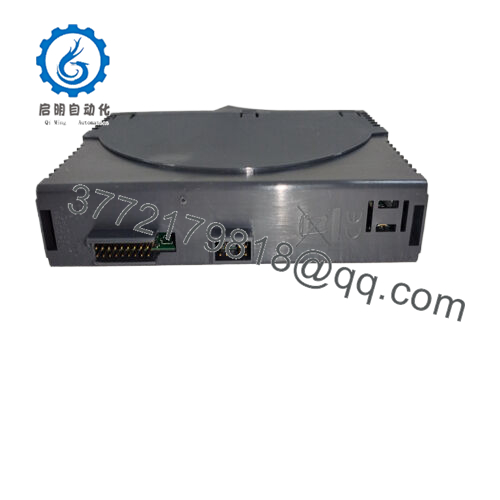
D201466
Application areas:
The Metso D201466 finds applications across multiple industries. In the automotive manufacturing industry, it can be used to monitor the status of sensors in robotic assembly lines. For example, sensors that detect the correct positioning of car parts during assembly can be connected to the Metso D201466. By accurately processing the digital signals from these sensors, it helps ensure that the assembly process is error – free, improving product quality. In the food and beverage industry, the module can be deployed to control actuators and valves in bottling and packaging processes. It can monitor the status of switches that control the filling level of bottles or the sealing of packages, ensuring that the products meet quality standards. In the power generation sector, it can be used to monitor the status of various switches and sensors in power plants, such as those related to generator protection systems or cooling water flow control.
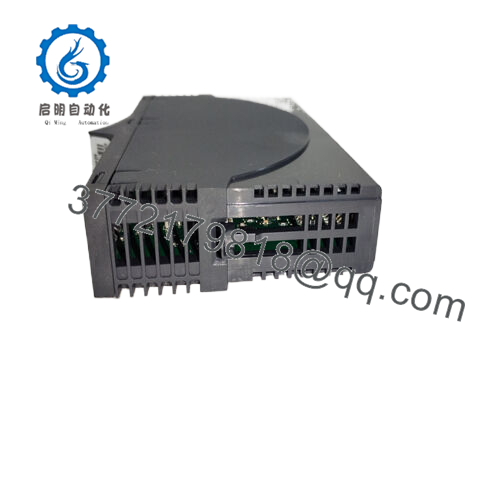
D201466
Related products:
D201465 – A lower – cost option with a reduced number of input channels, suitable for smaller – scale industrial applications where budget constraints are a concern.
D201467 – An upgraded version with enhanced noise – immunity features, ideal for environments with high levels of electromagnetic interference, such as near large electrical motors.
DI802 – S – Another digital input module with different input voltage ranges, useful for applications where the standard 24 VDC of the D201466 may not be suitable.
DO801 – S – A digital output module that can be used in combination with the D201466 to create a more comprehensive digital control system, allowing for both signal input and output control.
AI810 – S – An analog input module that can complement the D201466 in systems that require both analog and digital data acquisition, providing a more complete solution for complex industrial processes.
AO50 – An analog output module that can be integrated into the system when there is a need to control devices based on the digital data processed by the D201466, expanding the functionality of the overall automation setup.
CM574 – ETH – A communication module that can be used to enhance the networking capabilities of the system where the D201466 is installed, enabling better data transfer and connectivity with other devices in the industrial network.
Installation and maintenance:

 WhatsApp: +86 16626708626
WhatsApp: +86 16626708626 Email:
Email:  Phone: +86 16626708626
Phone: +86 16626708626